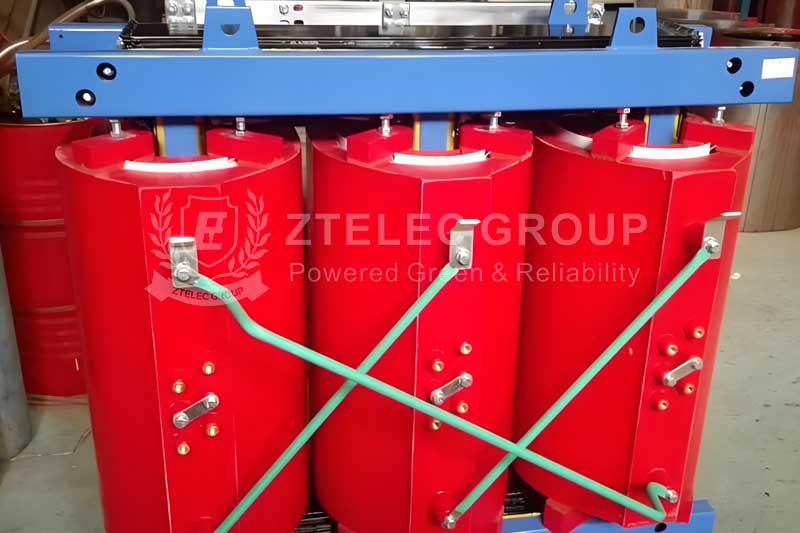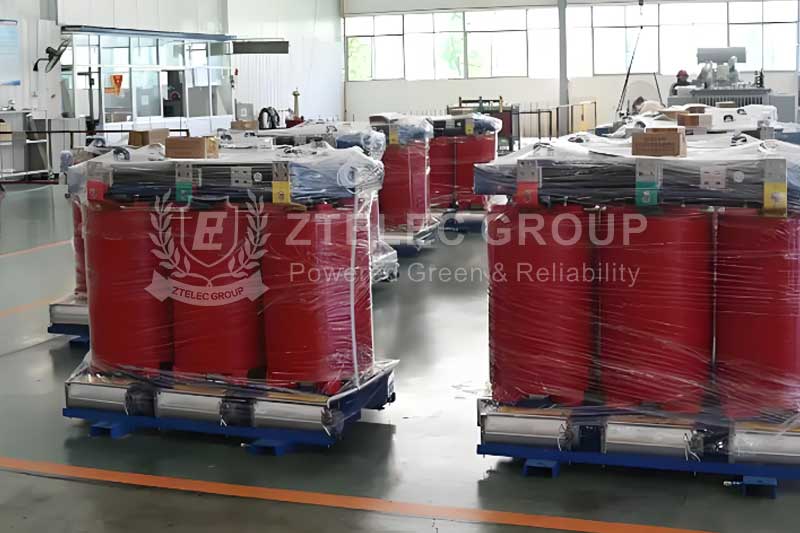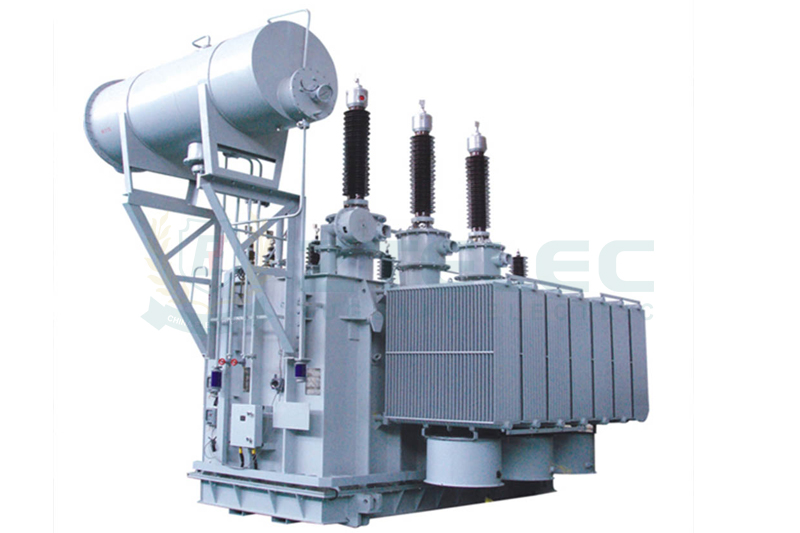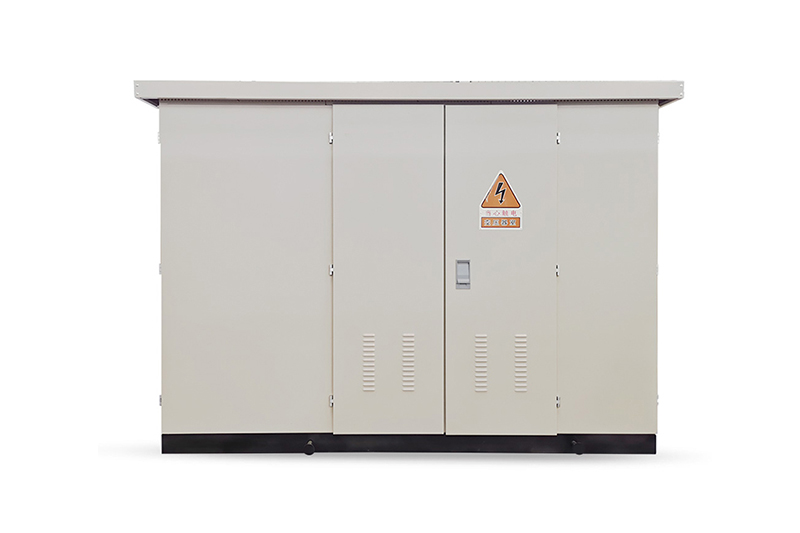Differences Between High Voltage and Low Voltage Transformers
Time:2024-11-20 Auther:ZTelec-www.ztelectransformer.com
Definitions of High Voltage and Low Voltage Transformers
High voltage transformers and low voltage transformers are classified based on voltage levels. In power systems, transformers with a voltage level of 10kV and above are referred to as high voltage transformers, while those with a voltage level below 10kV are called low voltage transformers.

Low Voltage Transformers
Differences Between High Voltage and Low Voltage Transformers
1. Different Voltage Levels
High voltage transformers are typically used to convert the high voltage electrical energy generated by power plants or substations into low voltage electrical energy for long-distance transmission, forming the backbone of the power grid. Low voltage transformers are mainly used to provide differentiated electrical energy to users.
2. Different Insulation Levels
The insulation level of high voltage transformers is higher than that of low voltage transformers because high voltage electrical energy is more prone to discharge and breakdown phenomena. Therefore, the windings of high voltage transformers require denser insulation to ensure circuit safety. In contrast, low voltage transformers do not require such high insulation levels, resulting in a relatively simpler structure.
3. Different Capacities
High voltage transformers have a larger capacity than low voltage transformers because they need to handle greater electrical loads. Low voltage transformers typically have lower power ratings, making them suitable for small-scale power demands.

High-Voltage-transformer
Application Scenarios
High Voltage Transformers:
Mainly used in substations, power plants, and other locations within power systems for long-distance transmission, grid interconnection, and voltage regulation. They are also widely applied in the industrial sector, such as in supplying power to high-voltage electrical equipment in large factories and driving high-voltage motors.
Low Voltage Transformers:
Widely used in household appliances, office equipment, electronic instruments, and other fields to provide suitable low-voltage power for these devices. Low voltage transformers are also frequently used in commercial settings, such as in the power supply systems for lighting, air conditioning, and elevators in shopping malls, hotels, and hospitals.
Roles of High Voltage and Low Voltage Transformers in Power Systems
Both high voltage and low voltage transformers are essential equipment in power systems. High voltage transformers primarily serve to step up, step down, and match electrical parameters, enabling electricity to be transmitted over long distances. Low voltage transformers are mainly used to regulate voltage, allowing electricity to meet various user demands.
High voltage and low voltage transformers play different roles in power systems, with varying voltage levels, insulation levels, and capacities, necessitating their use in different contexts. For ordinary consumers, understanding the functions of high voltage and low voltage transformers can help us use electricity more effectively and avoid electrical accidents.




